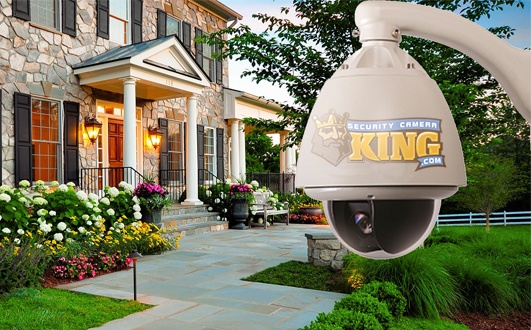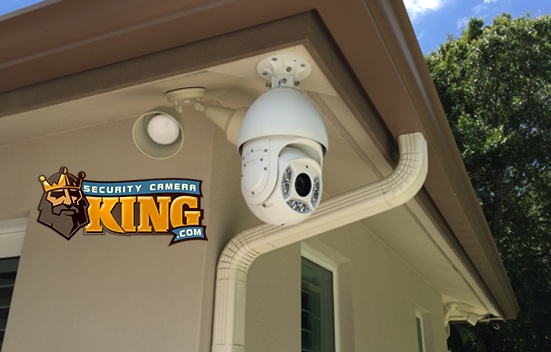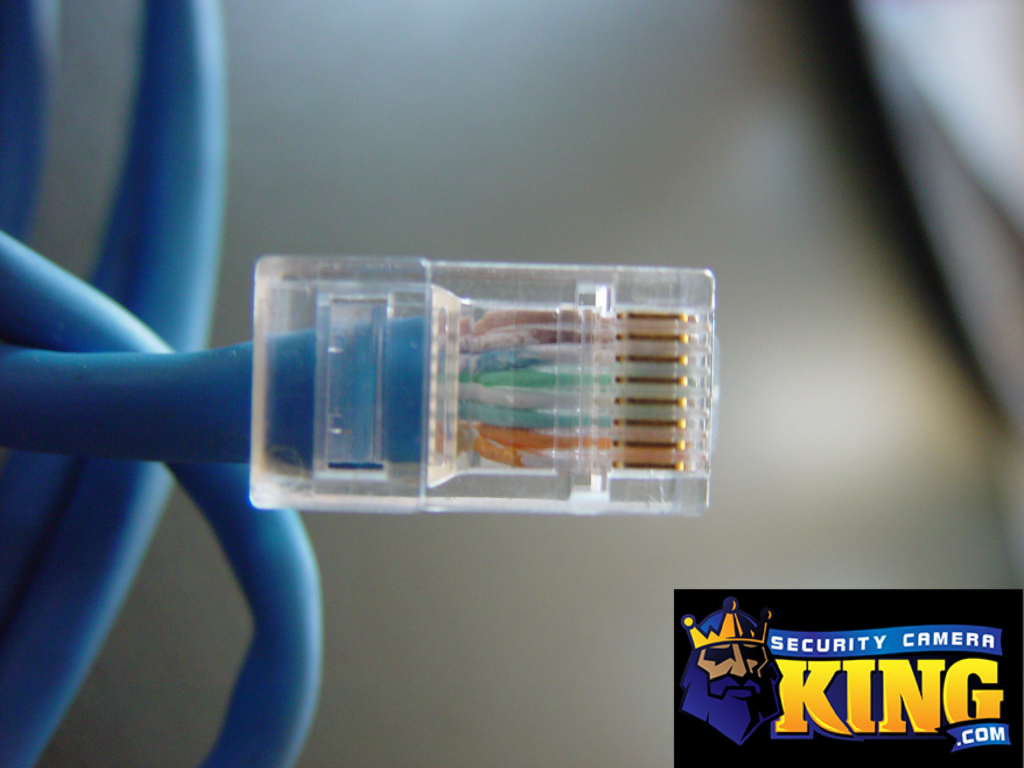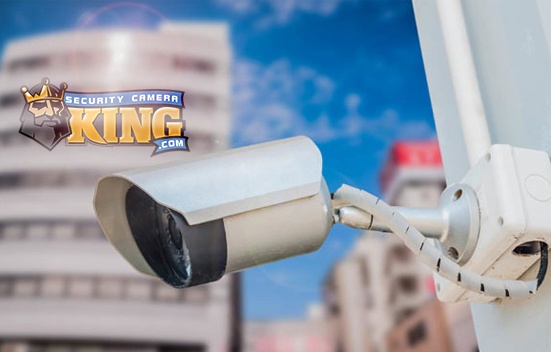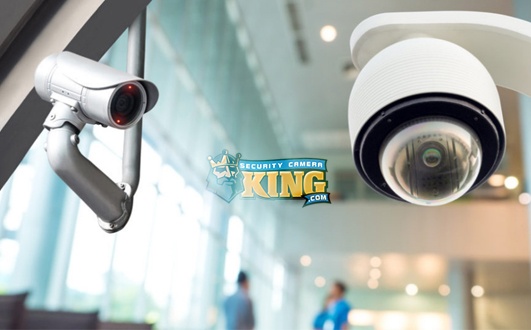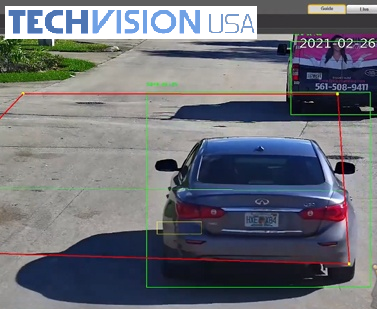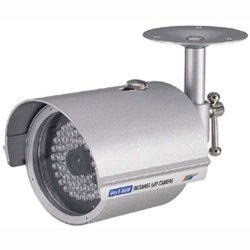 Infrared CCTV cameras are becoming one of the most popular types of security/surveillance cameras for residences and commercial applications alike. Before purchasing an infrared CCTV camera it’s important that you are familiar with some of the terminology and functions associated with this specialized aspect of a CCTV security system.
Infrared CCTV cameras are becoming one of the most popular types of security/surveillance cameras for residences and commercial applications alike. Before purchasing an infrared CCTV camera it’s important that you are familiar with some of the terminology and functions associated with this specialized aspect of a CCTV security system.
Most Closed Circuit Television or CCTV cameras today are digital cameras. Basically, they take pictures or video much the same way as a personal digital camera or camcorder. These cameras operate by allowing light to penetrate through an iris or variable opening, a lens, and then strike a Charged Coupled Device or CCD or a Complementary Metal Oxide Semiconductor or CMOS.
The iris is basically like the pupil of an eyeball; when there is too much light the iris makes the opening in the lens very small so as not to “flood” the CCD with light. When there is very little or no light, such is the case for night vision security cameras, the iris is at its maximum opening to allow as much available light as possible to strike the CCD.
The chief purpose of the lens is to keep an image at a certain distance in focus. Various lens sizes can be used to achieve focus ranges from just a few feet to several hundred. If the lens is rated with an “F-Stop” the lower the number for night vision purposes is better because it means it does not absorb much of the light passing through it.
The key to an infrared CCTV camera is the CCD or CMOS. CCDs and CMOSs work by converting light into electrons. These electrons have a charge which can be monitored and used to produce a digital image. Both sensors are inherently sensitive to infrared (IR) radiation.
There are basically two types of security cameras used as night vision security cameras. It’s important to understand the difference between the two. One type is also called a day/night camera and the other is an IR camera.
Day/night cameras produce color images when sufficient light is present. These cameras have very sensitive CCD or CMOS chips that allow the camera to process light into an image at very low light intensity. Light intensity is normally measured in units called LUX. In full daylight (but not direct sunlight) an average LUX reading ranges from 10,000 to 25,000 LUX. By contrast, a full moon on a clear night in non-tropical geographical locations produces about .27 LUX. Many day/night cameras can produce clear images at less than 1 LUX. In fact some day/night vision security cameras’ specifications indicate sensitivities as low as .0014 LUX or less. However, day/night cameras must have at least some available light to produce an image. They cannot produce an image in total darkness or 0 LUX.
Night vision security cameras that can produce images in 0 LUX or no-light conditions are infrared CCTV cameras. These cameras can “see” infrared radiation in the 700 – 1400 nanometer wavelength range known as “near infrared.” The human eye cannot see this wavelength of electromagnetic radiation so any “near infrared” light is virtually invisible to our eyes.
Infrared CCTV cameras using IR technology illuminate their target area with infrared light. This light is provided by light emitting diodes or LEDs that are placed around the lens of the camera. The stronger the LEDs and the greater number of LEDs placed around the camera lens determines the effective range and field of vision of IR cameras. In essence, the LEDs are actually providing a spotlight on the target area but because the light is the near infrared type we (humans) cannot see it.
Infrared CCTV Cameras using IR technology produce a black and white or monochromatic image. This radiation is outside the visible color spectrum therefore the images are not in color. However, the clarity and contrast is just as sharp as normal color images. Also, the range of the infrared night vision security camera is limited by the infrared light produced by the LEDs. Most premium IR cameras have an effective operating range of up to about 150 feet. It’s imperative to know the specification for IR range when purchasing an IR camera as a camera with a very short range would be useless for monitoring an area 100 feet from the camera.
Knowing a little about the two types of night vision security camera can help you make the right choice for your needs.

